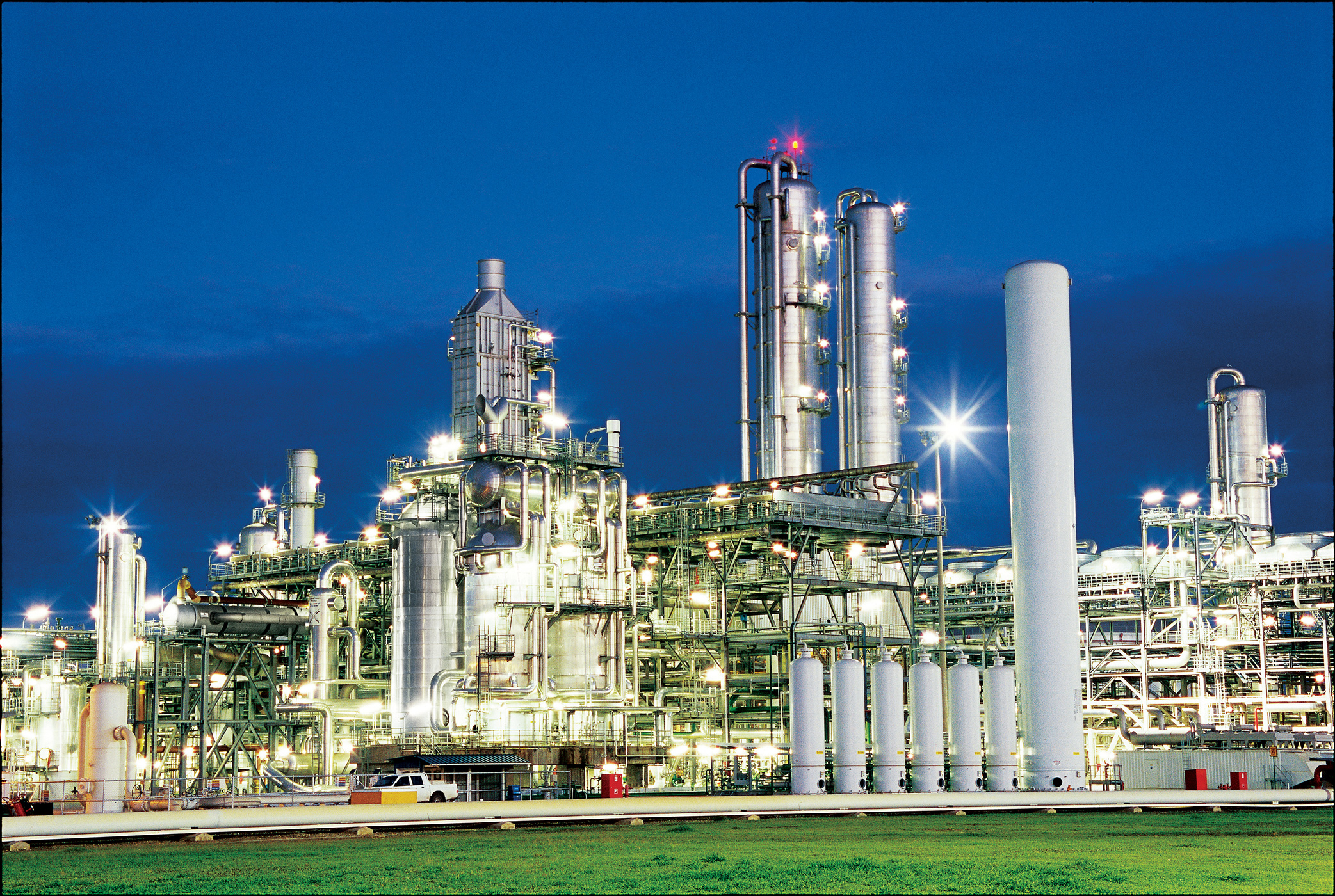
(Trinidad Guardian, 7.Apr.2021) — On April 1 Methanol Holdings (Trinidad) Ltd announced that it had taken a decision to immediately shut down its M4 and M5000 methanol plants in Point Lisas, with the latter being the largest methanol plant in the country and the world.
According to MHTL the decision was due to the cessation of the supply of natural gas from the National Gas Company (NGC) after NGC failed to renew its contract with MHTL because the proposed price for the natural gas was too high.
The M4 and M5000 plants have a combined production capacity of 2,467,500 MT/year and are amongst five methanol plants owned by MHTL, part of the Proman family of companies.
Managing director of Proman T&T Claus Cronberger said his number one priority was to sustain the company’s operations and secure the livelihoods of “all of our people.”
“I recognise this is an unsettling time for employees and I will continue to keep you all updated on any developments. As always please do contact me or your line manager if you have any questions,” Cronberger told staff.
He explained that despite the company’s very best efforts throughout March, it was unable to secure an economically viable short-term gas supply contract for April and therefore had no choice but to make the “extremely difficult decision” to idle its M4 and M5000 plants.
Cronberger said the M2 and M3 plants will continue running on DeNovo gas only.
He said, “While we have reached the absolute limit of our flexibility on contract price and terms and conditions, we are continuing to take a solutions-orientated approach and engaging with NGC and the Government.”
Anyone who has read this column over the last two years will not be surprised by this development.
T&T, which in 2015 when the present government took the reigns of power, stood tall as the world’s largest exporter of methanol and ammonia. It has now lost over half its total methanol production and a significant amount of its ammonia output.
There is no other way of saying it, this government met a challenging situation and has mismanaged the sector to the point where it appears to be on proverbial life support, with doctors who have neither a diagnosis far less a treatment plan for the patient.
On May 12, 329 days ago, I wrote an article entitled, Save the Petrochemical Sector in which I warned that the fall-out from the government’s actions would lead to a disaster at Point Lisas.
At that time I wrote the following which is perhaps even more relevant than when I first penned it.
“As far back as 2011, the petrochemical sector was complaining about natural gas shortages that were impacting its average cost of production and the reliability of operations.
The then Minister of Energy Kevin Ramnarine assured that it would be solved by 2012, eight years later the situation is still unresolved.
The NGC which has the role of aggregator and was expected to supply the gas to the downstream was short and facing legal challenges. It was also in negotiations with the upstream companies who insisted that they could no longer sell gas at the prices the NGC had been accustomed to and the hikes had to come before they would unlock investments.
NGC stood its ground insisting it could not agree to the prices being demanded and the situation reached a position where contracts were coming to an end and the upstream would be under no commitment to supply gas to NGC.
Enter Prime Minister Dr Keith Rowley.
He met with the leaders of the (upstream) companies and when the meeting was over the NGC signed an agreement that is now proving to be unworkable.
For the record, this newspaper, more than a year ago, warned that the agreement brokered by the Prime Minister was going to have disastrous consequences.
The government led by Minister of Everything Stuart Young rubbished the concerns calling those raising the issue of the price as armchair experts who did not know what was negotiated but, as they say, time is longer than twine and now, according to the chairman of NGC, the government has had to return to the negotiating table. Young has since focused on COVID-19 and has not said a word on the renegotiation.
It is only groupthink that could allow the Minister of Energy to defend a price that he must know was not workable and it shows why politicians need to stay out of commercial arrangements.
But we were warned about this eventuality.
Economist Dr Terrence Farrell did a significant study about the state of the petrochemical sector and predicted it could be lost if as a country we do not make the right choices.
In his study, he said: “The downstream petrochemicals industry is at a point of inflexion. In a scenario of scarce and expensive gas feedstock, the industry is set for decline and possible demise. Energy policy has not adequately addressed the challenges which the industry now faces.”
This warning was ignored by the government because in this society when red is the colour of choice all advice that does not come from that colour or is critical of it is seen as yellow and similarly when yellow rises all advice that is not yellow is seen as red.
According to Farrell, T&T has moved from being a high-reserves, low-cost gas producer and the largest exporter of LNG to the United States, to a low-reserves, high-cost gas producer exporting LNG to markets in Europe and South America.
He explains that the gas supply agreements with the downstream petrochemicals plants are confidential but essentially involve:
(a) floor price
(b) product reference price
(c) product market price
(d) factor which is applied to the difference between the reference price and the market price when the market price exceeds the reference price.
He pointed out that the intent of the pricing arrangement is that NGC shares some of the upside of rising methanol and ammonia prices during cyclical upswings but the downstream producers have a degree of gas price certainty in respect of the cost of natural gas when methanol and ammonia prices are cyclically low.
“Each of the elements of the pricing formula is potentially problematic. The floor price needs to reflect the cost of gas to NGC from the upstream producers plus the costs of compression, transport and removal of liquids. NGC does not control the well-head price, and development costs of gas have been increasing.
“In addition, NGC purchases gas from the upstream producers on a take-or-pay basis and there is no provision for cushion gas to manage supply disruptions or scheduled turnarounds upstream. As a major source of dividends and tax revenue for the Government, apart from the subsidy which is explicitly given to the power sector, NGC will not price gas to the downstream producers that would result in a loss,” the report read.
Often it is difficult to really understand the importance of the sector and Farrell’s report helps us.
Over the ten-year period 2009-2018, revenues from ammonia and methanol (Corporation Tax, Business Levy and Green Fund Levy) ranged from a low of $1 billion (US$156 million) in 2009 when product prices were cyclically low, to a high of $ 3.1 billion (US$489 million) in 2012.
In that regard, the economic impact of the downstream petrochemicals industry is clearly significant. Capital employed in the industry is estimated at US$8 billion. It accounted for 3.4 per cent of GDP in 2017 down from 7.0 per cent in 2012.
“Petrochemicals contributed over 20 per cent of total export earnings since 2011, and it contributes an estimated 15 per cent of the cash inflows of foreign exchange to the banking system. While the downstream petrochemicals industry is not itself an employer of large numbers of workers, it does provide jobs demanding high levels of skill and knowledge that need to match the best in the world in a variety of technical and management disciplines.
Payment of wages and salaries and expenditure on local suppliers and inputs amount to US$400 to US$500 million and local value-added amounted to between US$338 and US$415 million.
“Applying an expenditure multiplier of 1.9, local value added by the downstream petrochemicals industry is of the order of $5.3 billion or 3.5 per cent of GDP.
Over the period 2013-2017, taxes paid by ammonia and methanol companies averaged US$300 million/annum,” the report revealed.
According to Farrell, these results support the conclusion that existing plants will be earning a lower than target rate of return and/or fail to generate sufficient cash flow when product prices are cyclically low and as gas inlet prices increase.
Members of this government are experts at paltering and they try to rewrite history. Unfortunately in the days of the digital age it’s not so easy to take back what you have said.
In preparing to write this article I re-read Minister Khan’s address to the T&T Energy Conference from 2017. I invite everyone to read it. For it really shows the extent of promises that never materialised and the real crux of the problem which is the newly negotiated natural gas prices.
Yes, demand efficiency, the value chains are all crucial but the price of natural gas in T&T is not sustainable, period.
Khan knew this in 2017, long before the Farrell report. He said, “Over the last year, there have been requests by the upstream and rightly so for the alignment of value with risk.
This created an impasse with the natural gas aggregator NGC in the negotiations on the terms of new contracts for the supply of gas to downstream companies. Its resolution required the involvement of the honourable Prime Minister, who met with senior executives of BP and EOG Resources at the now famous Houston meeting where the matter was resolved.”
NGC was resisting signing terms with the upstream for new gas prices and it was the intervention of the political directorate that led NGC to acquiesce.
Khan added,”These developments were occasioned by a commitment from upstream companies to actively pursue exploration and development activity to improve gas supply. However, the new gas contracts between the NGC and downstream companies would obviously be at higher prices.”
“Discussions between NGC and the downstream companies have commenced on the terms for new gas contracts. The new reality is that low prices, which obtained in previous years are no longer available. Therefore, greater emphasis has to be placed on the efficient and cost-effective conversion of gas into petrochemical products. Additionally, all negotiations now have to take into context its effect on the entire value chain.”
Therein lies the kernel of the matter.
Therefore this offensive talk by the NGC that “The Government and NGC are mandated to act in the best commercial and financial interests of the people of T&T. Therefore, all actions by the company shall be consistent with this mandate,” is designed to raise bogeys about the private sector and foreign investment.
We are in troubled times and it’s likely to get worse.
____________________
By Curtis Williams

